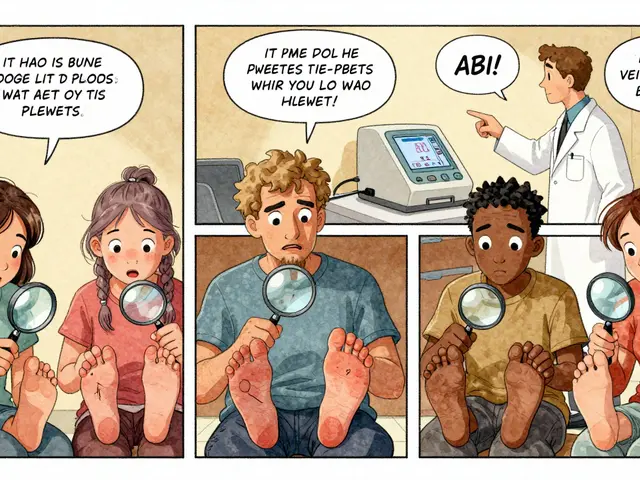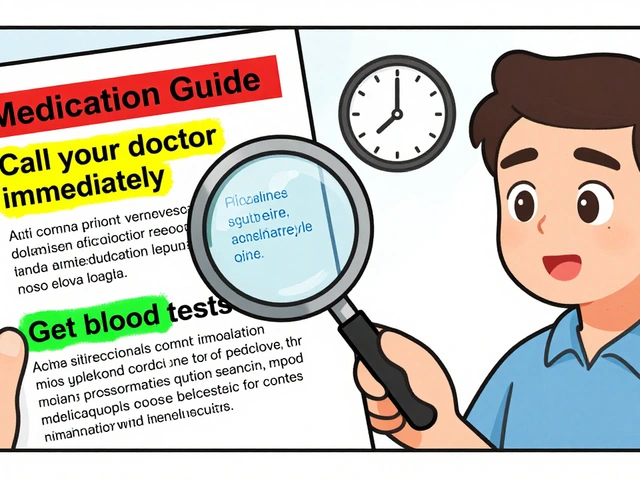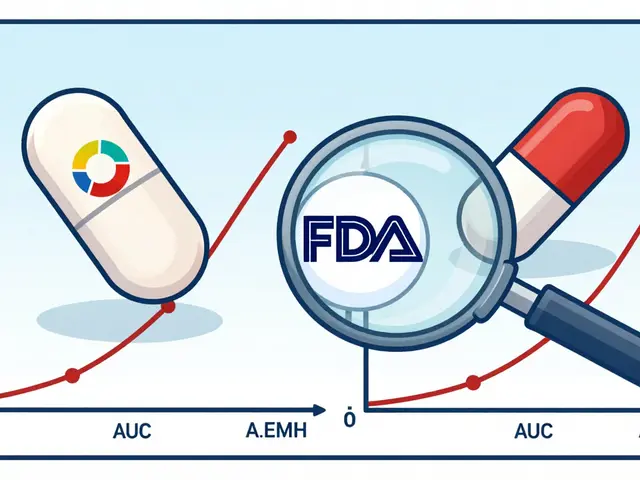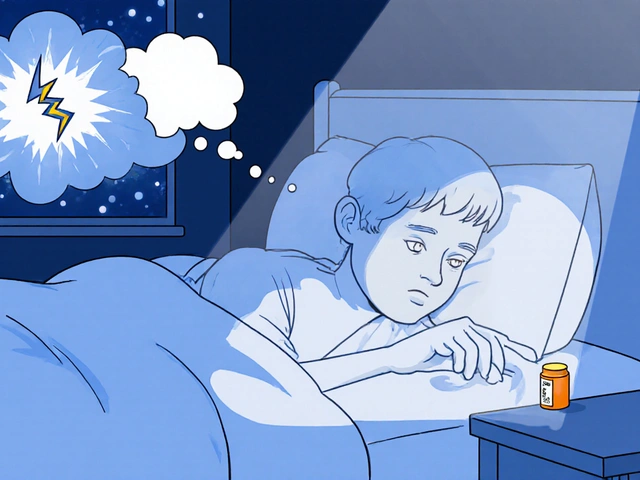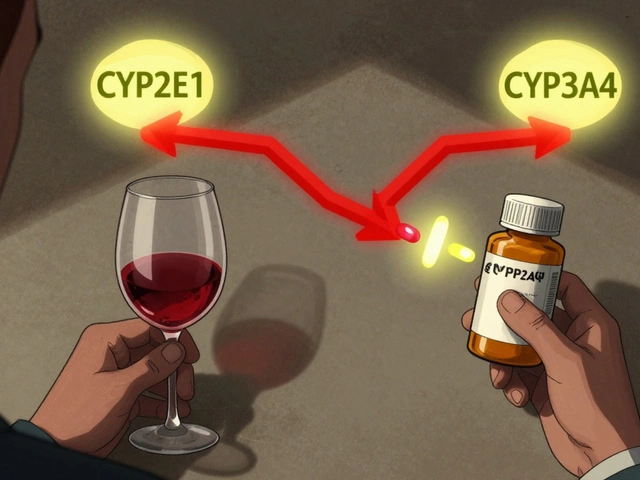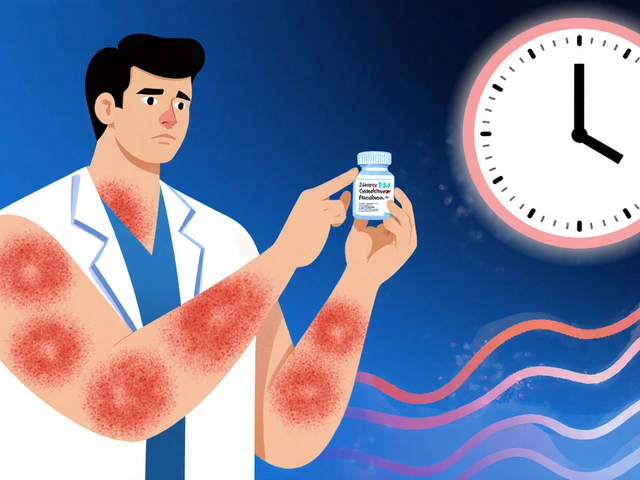Muscle Pain: What Causes It and How to Find Fast Relief
If you’ve ever woken up with stiff legs or felt a sharp pull after the gym, you know how annoying muscle pain can be. The good news is that most aches have simple explanations and easy fixes. In this guide we’ll break down why muscles hurt, what you can do at home, and when it’s time to call a professional.
Common Causes of Muscle Pain
First off, muscle pain isn’t always a sign of something serious. Over‑use is the biggest culprit – think running too far or lifting heavier than usual. Tiny tears in the fibers cause that sore feeling you get after a new workout. Another frequent cause is dehydration; without enough water electrolytes get out of balance and muscles start to cramp.
Even poor posture can sneak up on you. Sitting at a desk for hours with slumped shoulders puts strain on the back and neck muscles, leading to a dull ache that lasts all day. Illnesses like flu or COVID‑19 often bring body aches as part of the fever response, so if the pain comes with fever, chills, or fatigue, treat the underlying illness first.
Practical Ways to Ease the Ache
The fastest relief usually starts with a cold pack. Apply ice for 15‑20 minutes right after you notice the pain – this reduces inflammation and numbs the area. After the first day, switch to heat: a warm shower or heating pad helps blood flow and loosens tight muscles.
Gentle stretching works wonders too. Spend a few minutes each morning reaching for your toes or rolling your shoulders; you’ll feel stiffness melt away. If you’re dealing with a cramp, gently massage the spot while flexing the muscle opposite to it – that often stops the spasm.
Over‑the‑counter pain relievers like ibuprofen or acetaminophen are safe for most adults when taken as directed. They cut down both pain and swelling, making other remedies more effective. Always read the label and avoid mixing with alcohol or other meds you’re already using.
Staying hydrated is a simple habit that prevents many cramps. Aim for at least eight glasses of water daily, and add a pinch of salt if you sweat heavily during workouts. Foods rich in potassium – bananas, potatoes, yogurt – also keep muscles happy.
If the pain lingers more than a week, gets worse, or is accompanied by swelling, bruising, or numbness, it’s time to see a doctor. Those signs could point to a strain, tear, or even an infection that needs professional care.
Bottom line: most muscle pain can be tackled with ice, heat, light movement, and smart use of OTC meds. Keep your body hydrated, stretch regularly, and listen to any warning signals. With these steps you’ll bounce back faster and keep enjoying the activities you love.


